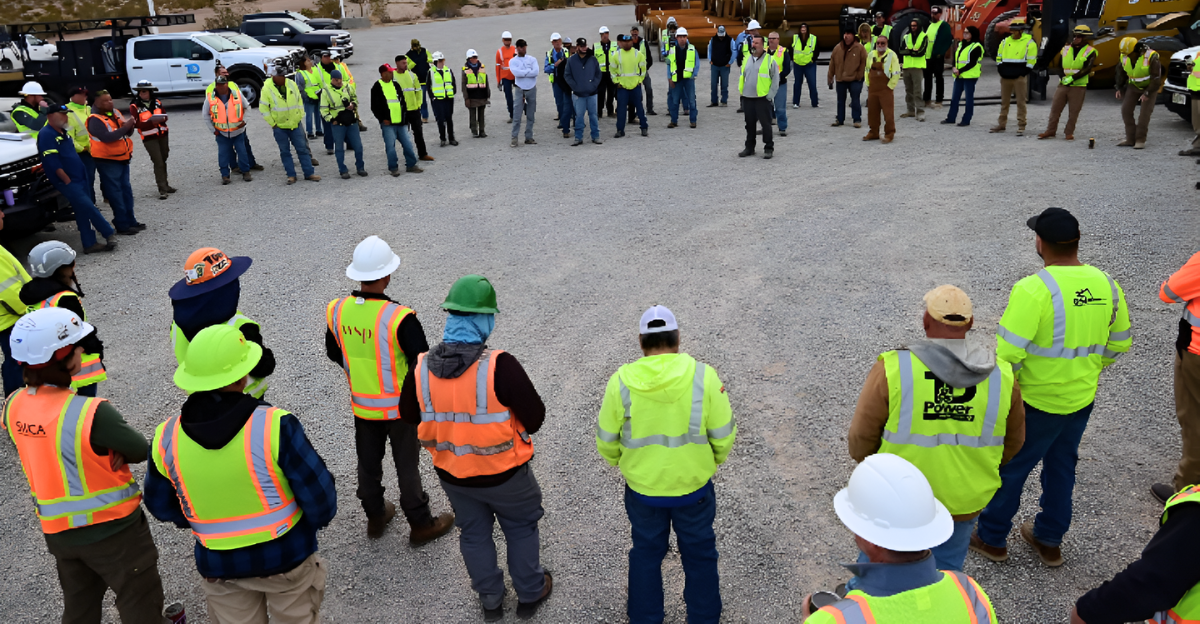
The fight for fair wages, safe workplaces, and even weekends off didn’t happen by accident. It was won, battle by battle, by organized workers. “People forget these rights were fought for, not handed out,” says Mary O’Donnell, a hotel employee in Honolulu.
In 2024, just 9.9% of U.S. workers belonged to a union, one of the lowest rates in modern history. Yet union power is alive and thriving in a handful of cities, with membership two or three times the national average.
In 2025, these metros remain rare strongholds, proving that solidarity can still shape paychecks, protections, and entire communities.
How We Ranked the Strongholds
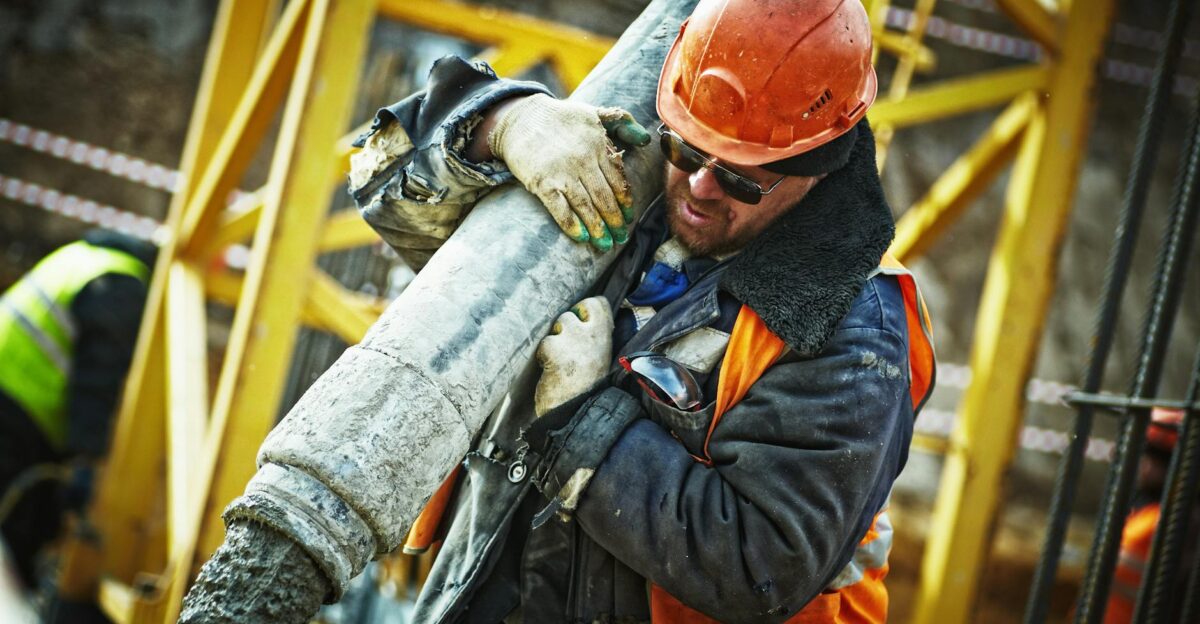
To find where unions still hold their ground, we analyzed 2024–2025 U.S. Bureau of Labor Statistics data and UnionStats.com research, zeroing in on metro areas with the highest percentage of actual union members, not just those covered by contracts. We examined industries with long-standing organizing traditions, such as education, healthcare, transportation, construction, and public administration.
State-level union rates were factored in, since state policy and history often set the stage for city-level membership. The result is a clear, data-driven look at the cities where organized labor still thrives, even as national membership trends downward.
States That Set the Tone for Labor
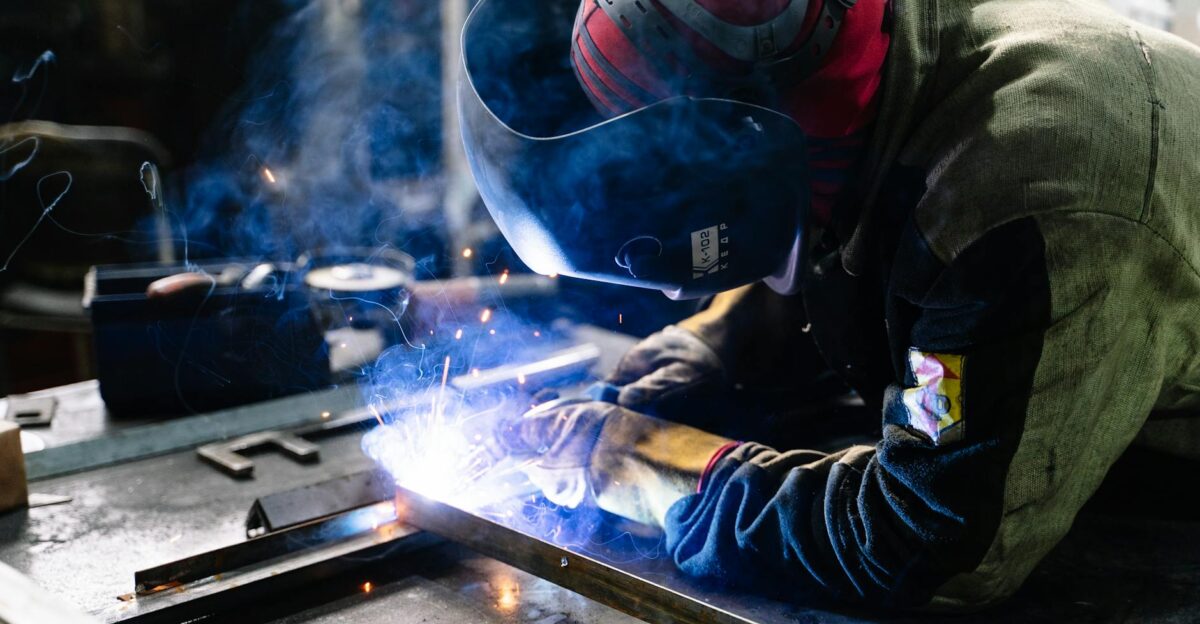
Some states remain union powerhouses even as national membership declines. According to the BLS, Hawaii tops the list with 26.6% of workers unionized, followed by New York at 20.6% and Alaska at 17.6%. “Hawaii is a real leader; more than one in four workers belongs to a union,” notes an AFL-CIO Hawaii spokesperson.
These high rates are fueled by strong public sectors, supportive labor laws, and historic victories that have cemented unions as central to community life. Metros within these states, like Urban Honolulu and Albany, benefit from an environment where organizing is both culturally valued and legally protected, making union membership a lasting part of local identity.
Let’s take a closer look at the 13 most unionized cities in America, where organized labor isn’t just surviving, it’s shaping the way work gets done and setting the stage for stronger wages, better protections, and a more empowered workforce.
1. Urban Honolulu, Hawaii — A Legacy in Action
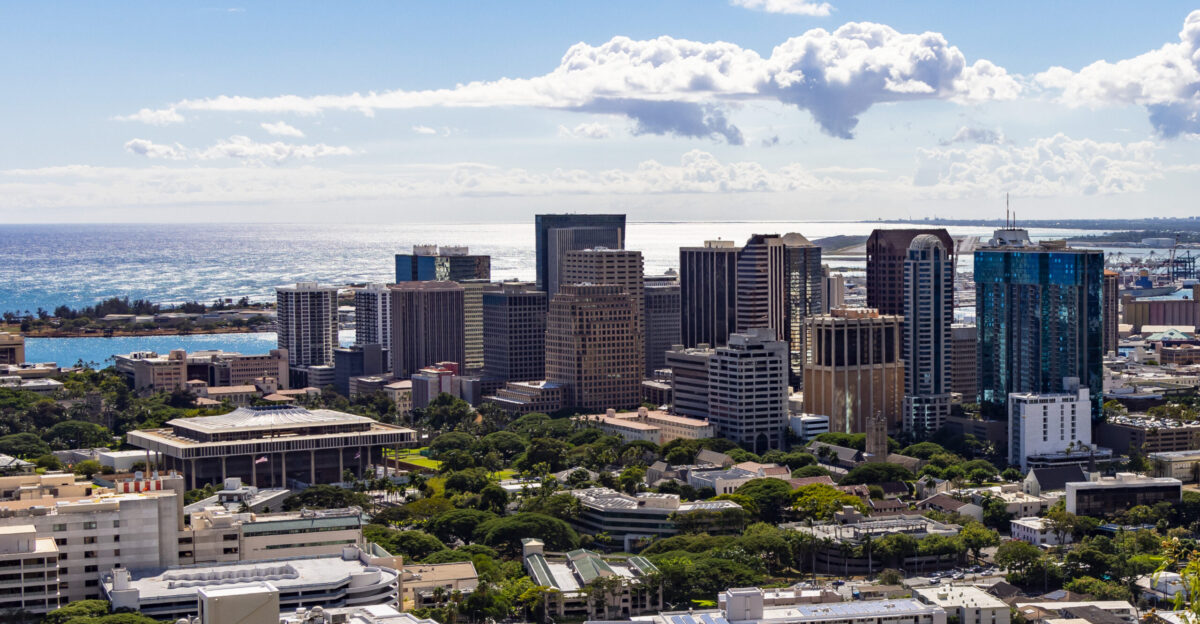
Urban Honolulu tops the list with 26.8% of its workforce in unions. “It’s the culture here,” says transit worker Daniel Kim. “Our parents and grandparents fought for these rights, and we continue the fight.” Teachers, police, and government employees remain strongly organized, while the hospitality industry—anchored by hotels and resorts—secures contracts that keep wages and benefits competitive.
Longshore and transportation workers further strengthen membership. Here, collective bargaining isn’t just a workplace tool; it’s woven into the city’s identity, creating an environment where union affiliation is expected and celebrated.
2. Kahului–Wailuku–Lahaina, Hawaii — Small but Mighty

This Maui metro posts an unmatched 29.4% unionization rate, the highest among small U.S. metros. “We might be rural, but union values are strong,” says teacher Leilani Akana. Tourism, education, and local government form the economic backbone, each heavily unionized. The steep cost of island living makes negotiated wages essential.
Unions here aren’t just about contracts; they’ve stepped up during crises, coordinating disaster relief after wildfires and storms. Public-sector bargaining remains dominant, with educators, healthcare workers, and city employees ensuring organized labor is deeply embedded in the economy and community life.
3. Albany–Schenectady–Troy, New York — Political and Labor Power
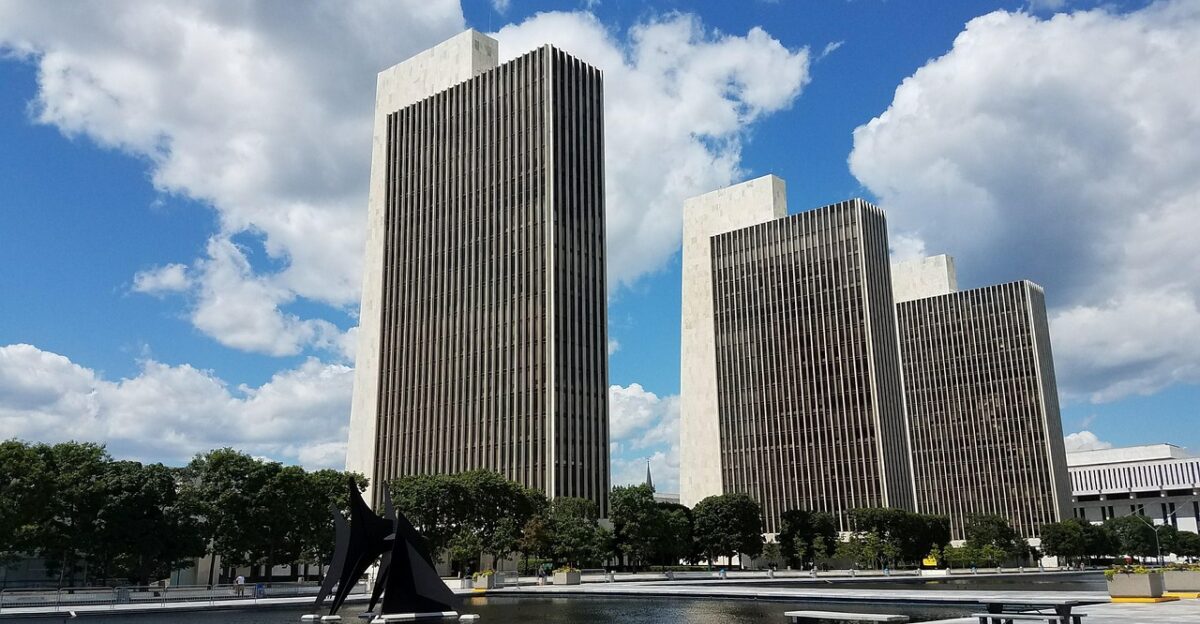
With 24.1% union membership, New York’s capital region blends political influence with a strong labor presence. “We work hard, and the union makes sure that’s recognized,” says nurse Sarah Green. State agencies, hospitals, and school districts are heavily organized, often negotiating contracts that set the standard for the rest of the state.
Albany’s position as a legislative hub gives unions a direct role in shaping labor policy. Decades of activism, especially in the public sector, have kept union membership high, reinforcing the city’s status as a cornerstone of New York’s labor movement.
4. Stockton–Lodi, California — Organizing the Supply Chain
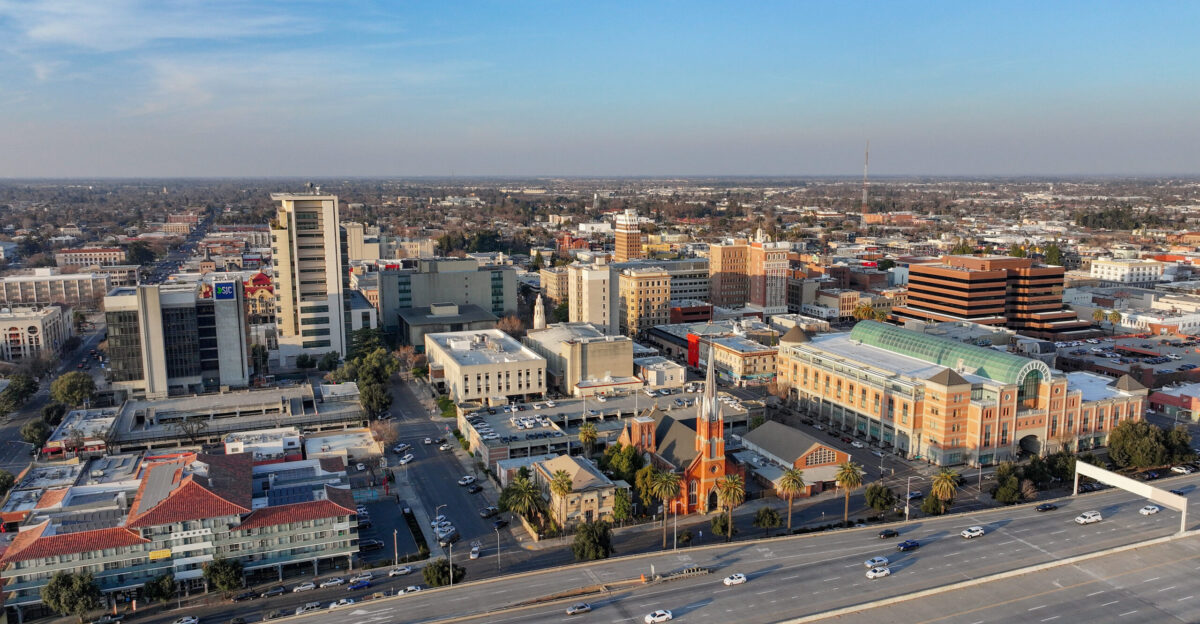
Stockton–Lodi has a 23.9% union membership rate, driven by agriculture, logistics, and healthcare. “Organizing changed everything—now we have a voice at work,” says warehouse employee Luis Gutierrez. The region’s location in California’s Central Valley makes it a critical logistics hub, where warehouse and distribution workers have secured safer conditions and better pay.
California’s protective labor laws have helped unionize agricultural workers, historically a challenging sector. High union density in healthcare facilities empowers staff to push for fair staffing ratios, creating a mix of industrial and service-sector strength that keeps organizing momentum high.
5. Flint, Michigan — From Sit-Down Strikes to Today
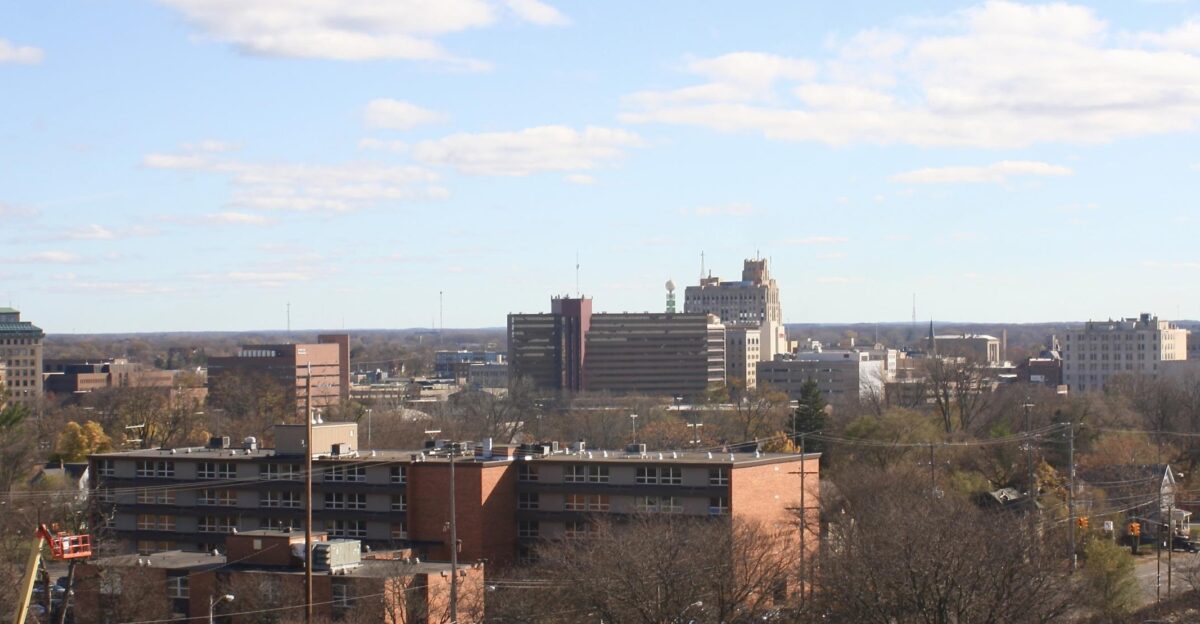
Flint’s 23.4% union membership is rooted in the city’s storied labor history with the United Auto Workers. “Unions built this city,” says retired autoworker Mike Carter. While manufacturing jobs have declined, public-sector, education, and healthcare unions now anchor local labor power. Recent UAW victories have reignited interest in organizing across industries.
From the landmark 1936–37 Sit-Down Strike to present-day campaigns, Flint remains proof that a strong union tradition can adapt to changing economies while keeping worker solidarity central to the city’s identity.
6. Hartford–West Hartford–East Hartford, Connecticut — White Collar Meets Worker Power
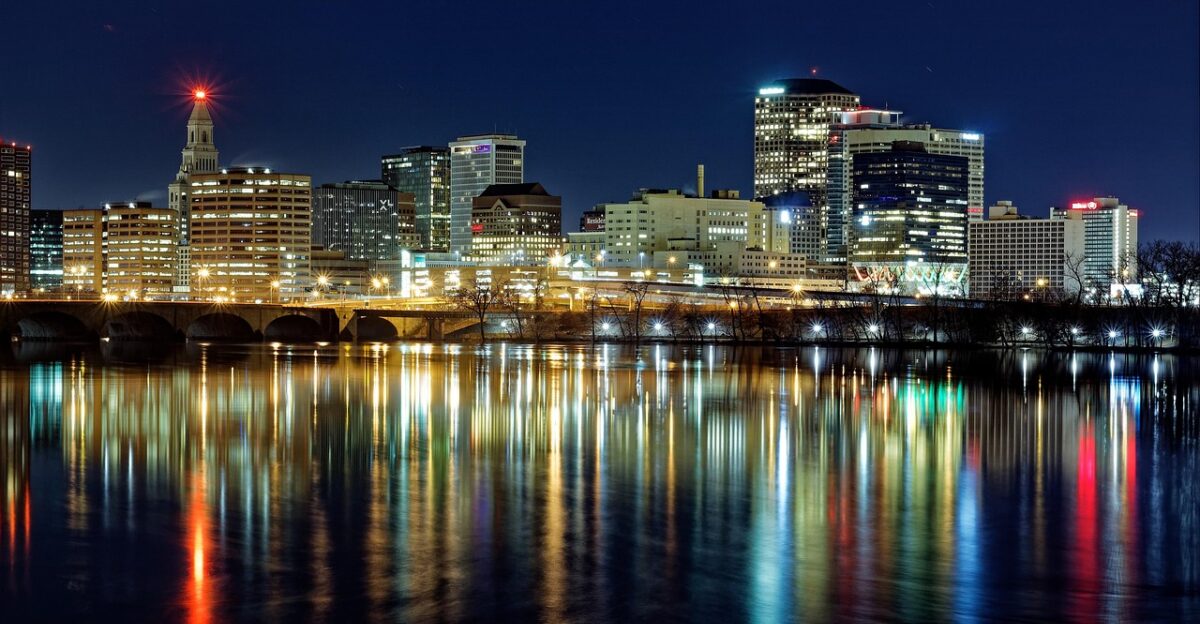
Hartford’s 19.3% union rate pairs its corporate presence with robust labor organizing. “Insurance companies are big here, but so are our unions,” says analyst John Holloway. Public employees, nurses, and even some white-collar staff enjoy contracts that stabilize wages and secure benefits.
Strong public-sector bargaining often sets the tone for private industries, creating a labor environment where protections extend beyond traditional blue-collar roles. This unusual mix has made Hartford a case study of how unions can thrive in office towers and factory floors.
7. Riverside–San Bernardino–Ontario, California — Power in a Growing Economy

With 17.8% union membership, the Inland Empire’s growth is mirrored by its organized labor presence. “If we want fair pay, the union’s how we get it,” says construction worker Mario Cruz. Massive logistics hubs and warehouses have become key organizing sites, while public works projects keep union construction jobs steady.
Education and municipal services add further membership strength. As population growth fuels demand for goods, housing, and infrastructure, unions are working to ensure workers benefit from the region’s rapid economic expansion.
8. Sacramento–Roseville–Arden-Arcade, California — The Policy Capital’s Union Edge
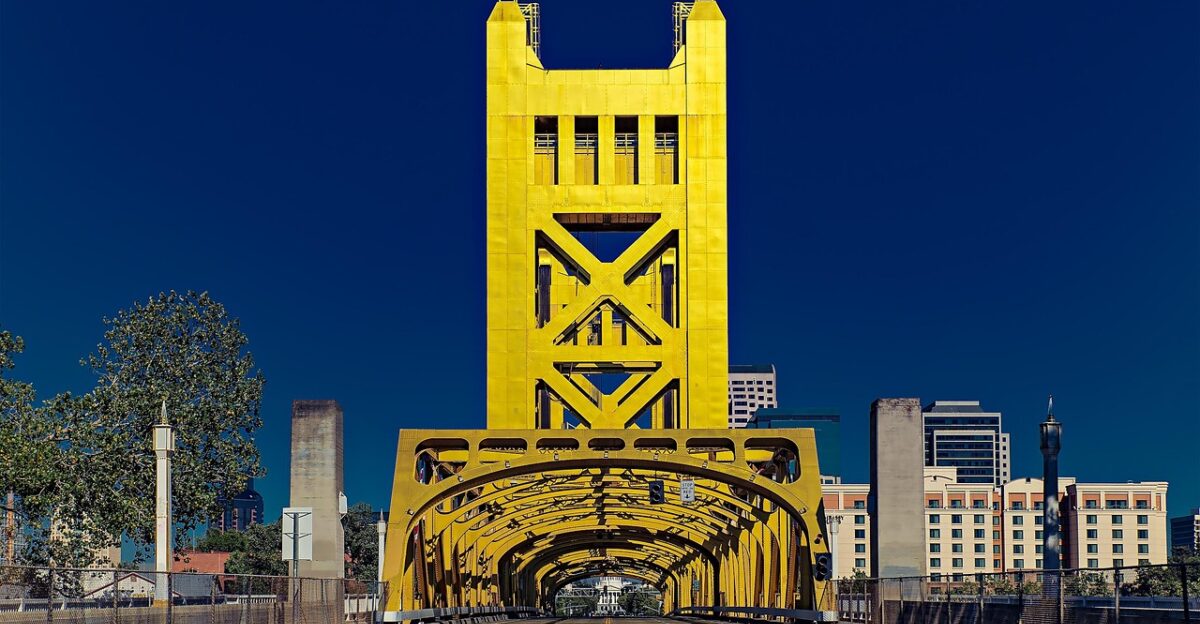
Sacramento’s 17.3% union rate reflects its role as California’s political hub. “State workers have a lot of bargaining power here,” says office manager Jasmine Li. From legislative aides to maintenance crews, public employees are highly organized.
The healthcare and education sectors also contribute strong membership numbers, with contracts often serving as models for other cities. In a region where policy is shaped daily, unions influence not just workplace standards but also the laws that govern labor across the state.
9. Portland–Vancouver–Hillsboro, Oregon–Washington — Tradition Meets New Organizing
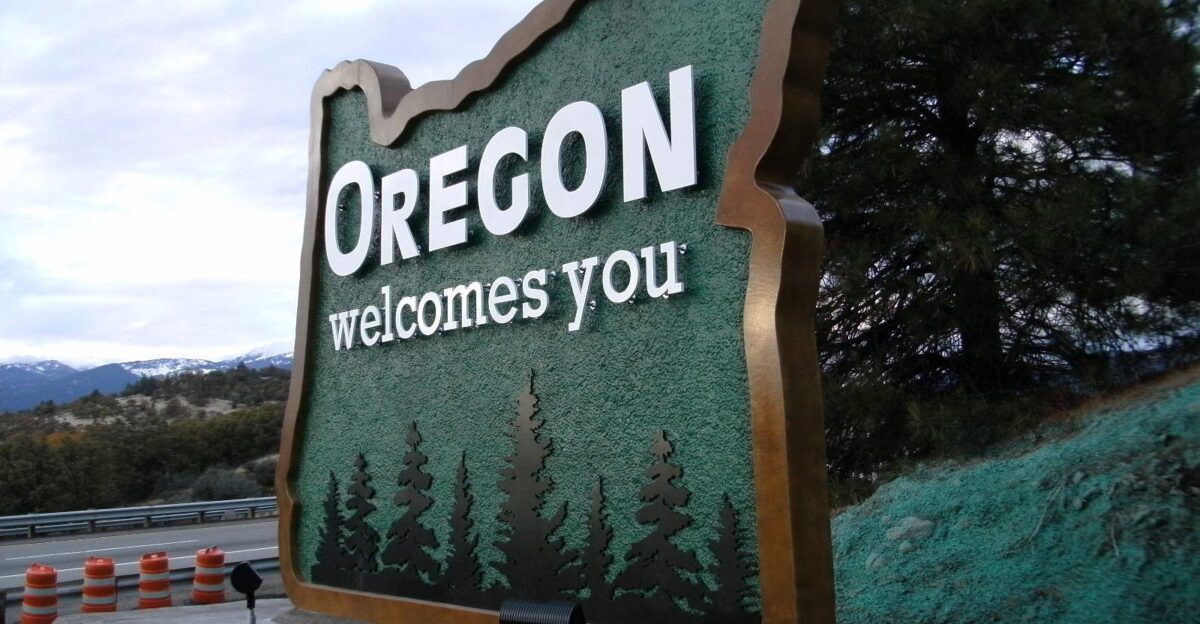
Portland’s 16.5% union rate is built on a foundation of labor activism. “There’s a strong tradition of organizing, people care about fairness,” says barista Alex Fleming. Longshore and shipping industries remain solidly unionized, while tech, hospitality, and retail are seeing new campaigns.
Oregon’s pro-labor laws help align union efforts with environmental and community movements, expanding organized labor’s role beyond the workplace. This cross-sector solidarity ensures that as industries change, worker protections keep pace.
10. Providence–Warwick, Rhode Island–Massachusetts — Compact and Coordinated
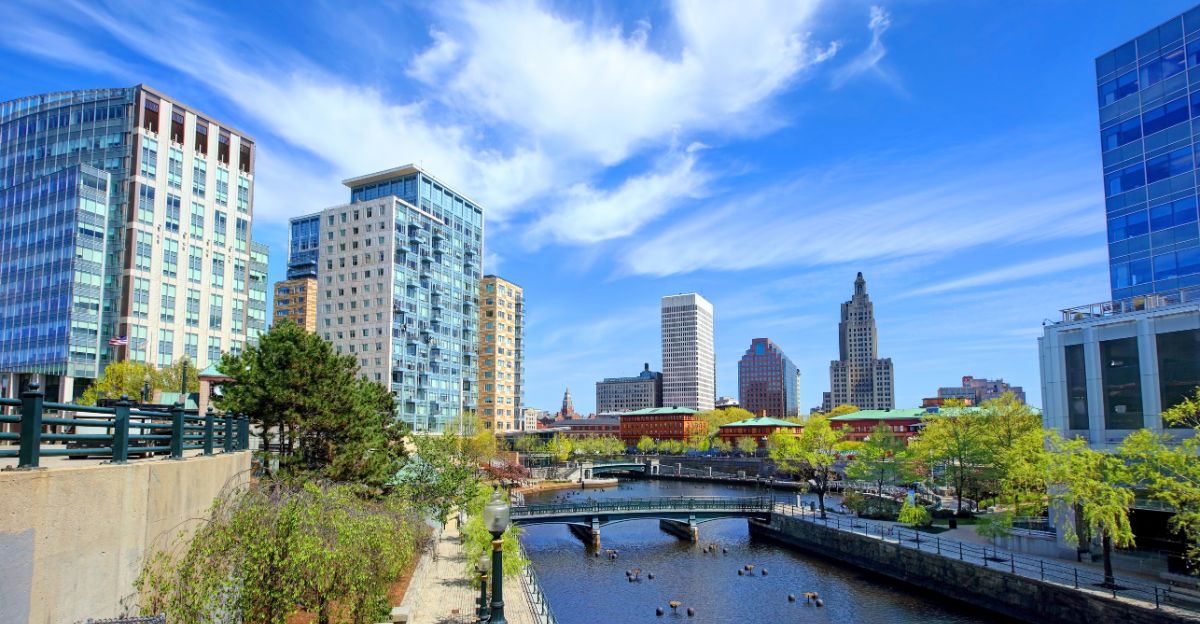
Providence’s 15.7% union membership thrives on tight-knit coordination. “Teachers here have stood up for our schools and our students,” says union representative Emily Rossi. Hospitals are heavily unionized, giving healthcare workers influence over staffing and safety standards.
Teachers’ unions extend their reach beyond contracts, advocating for education reform and resources. Rhode Island’s small size allows for unified campaigns across industries, amplifying labor’s voice in public and private sectors.
11. San Francisco–Oakland–Hayward, California — From the Waterfront to the Tech Floor

The Bay Area’s 15.4% union rate spans healthcare, construction, hospitality, and increasingly, tech. “From tech to hotels—everyone’s got a union story,” says resident Mark Chen. Dock and transit strikes shaped early labor history here, and today’s contracts account for the region’s high cost of living.
Tech employees push for pay equity and ethical standards, while hospitality workers maintain strong bargaining positions. The diversity of industries gives the Bay Area a broad and adaptable labor base.
12. Seattle–Tacoma–Bellevue, Washington — Innovation with a Union Backbone
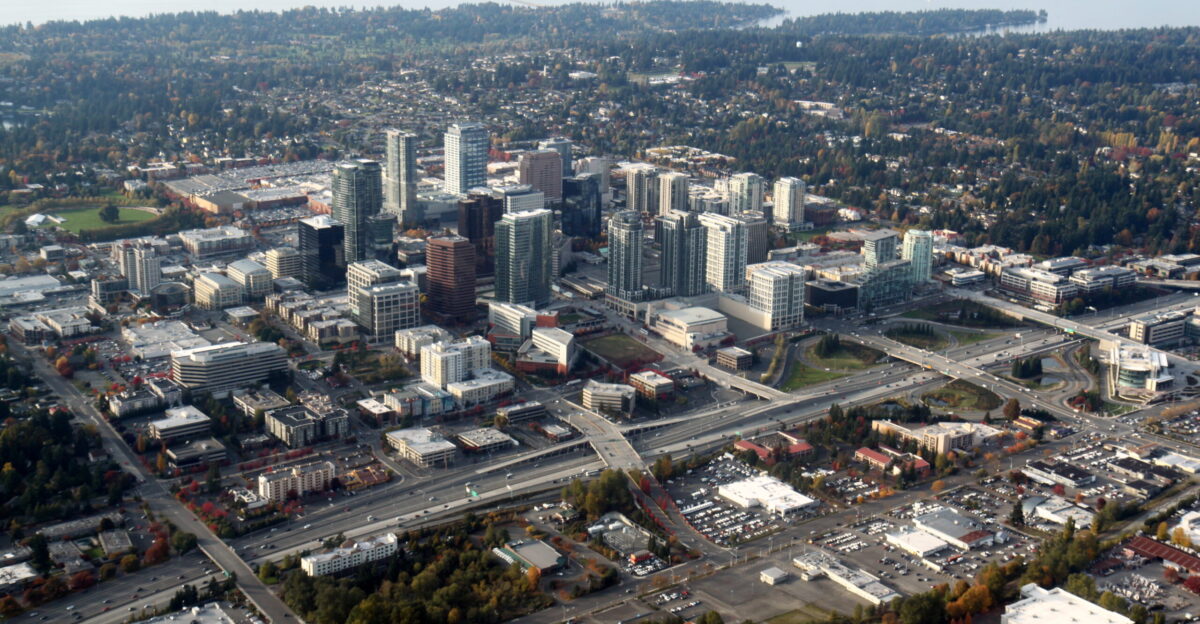
Seattle’s 15.1% union rate covers aerospace, tech, healthcare, and education. “Our union helped us win better health care,” says food service worker Dana Price. The city has led the way in gig worker protections, especially for rideshare and delivery drivers.
Aerospace remains a union stronghold, while progressive politics enable aggressive bargaining strategies. Wins here often serve as templates for other metros looking to strengthen workplace rights in high-tech and traditional industries.
13. Rochester, New York — Generations of Solidarity
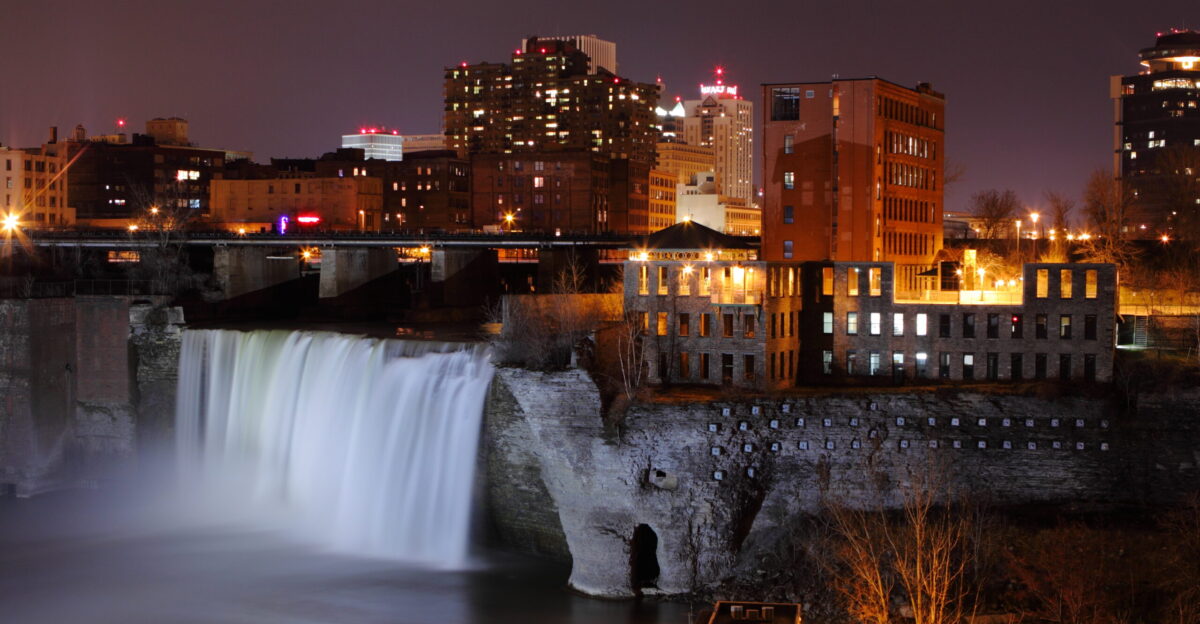
Rochester’s 14.9% union rate draws from healthcare, manufacturing, and education. “My mom was a union member, now I am,” says nurse Kevin Doyle. Hospitals are heavily organized, ensuring worker input on staffing and patient care. Legacy manufacturers maintain contracts, while newer tech-adjacent firms adopt union agreements.
Higher education also plays a role, with faculty and staff representation adding to the city’s stable labor base. Generational ties keep union culture alive, bridging past and present.
Where Unions Still Hold the Line

Across these metros, public administration, healthcare, education, construction, and transportation dominate membership rolls. “It’s about making sure regular people get a fair shake,” says Sacramento teacher Hannah Bowers.
These sectors provide steady workforces and proven organizing frameworks. However, the fastest growth is in logistics, warehousing, retail, and hospitality – industries that have historically been tough to organize but are becoming the next frontier for labor.
Why Strong Union Cities Matter
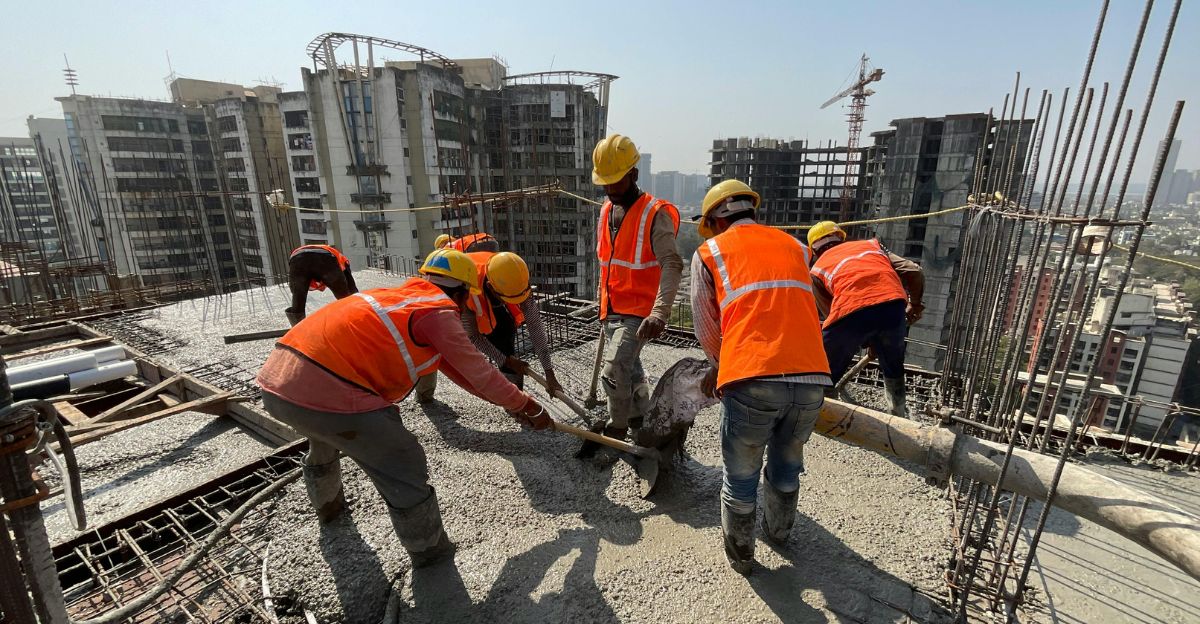
Cities with high union density consistently show better wages, more substantial benefits, and safer workplaces. “That’s not an accident—it’s the union difference,” says Flint labor leader Ricky Lee. Collective bargaining secures paid leave, retirement plans, and safety standards often benefit non-union workers.
In high-cost regions, these protections can mean the difference between stability and hardship. High membership also boosts political influence, shaping laws that protect workers statewide.
Union Cities Point to the Future
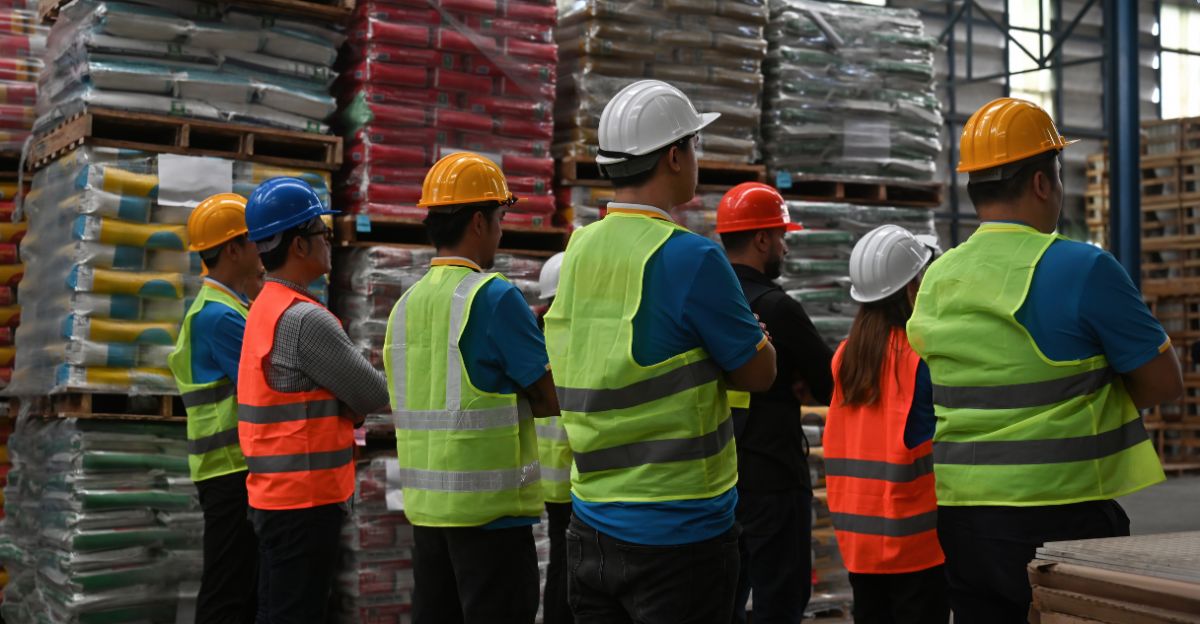
The most unionized cities in America show that organized labor is far from a relic of the past. “Change starts locally,” says Albany teacher Raj Patel, and in these metros, it clearly does. Unions here do more than negotiate wages – they protect benefits, enforce rights, and give workers a real voice in shaping their workplaces.
Their influence stretches beyond office walls, inspiring policies that can ripple across the nation. Even as overall union membership lingers near historic lows, these cities prove that with the right mix of laws, tradition, and determined workers, unions don’t just survive—they thrive. In doing so, they are quietly but powerfully rewriting the rules of work, proving that collective action still can change lives.